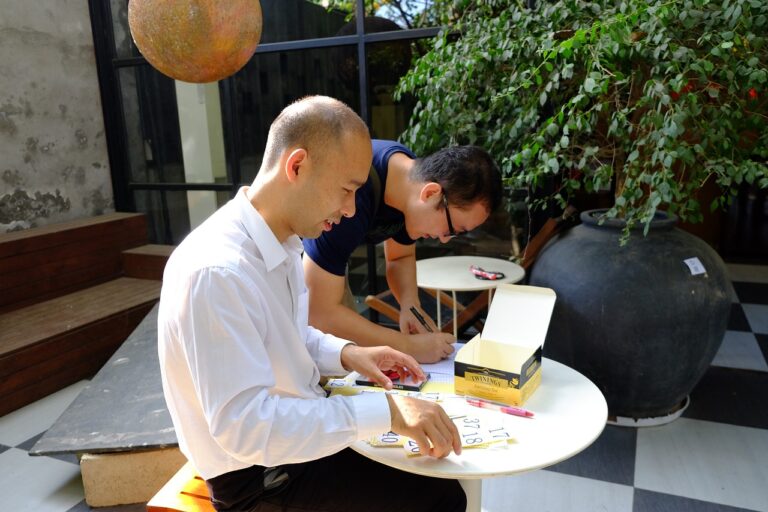The Importance of Cultural Competency Training for Educators
Cultural competency training is a vital component of educator professional development in today’s diverse classrooms. It equips teachers with the necessary skills to understand and respect the cultural backgrounds of their students, fostering a more inclusive learning environment. Without this training, educators may inadvertently overlook the unique needs and perspectives of students from diverse backgrounds, hindering their ability to provide effective instruction and support.
By undergoing cultural competency training, educators gain insights into the various cultural norms, values, and communication styles that shape their students’ experiences. This knowledge enables teachers to adapt their teaching methods to better meet the needs of all learners, regardless of their background. Ultimately, cultural competency training empowers educators to create a classroom environment where every student feels valued, respected, and supported in their academic journey.
– Cultural competency training helps educators understand and respect the cultural backgrounds of their students
– It enables teachers to adapt teaching methods to meet the needs of all learners
– Educators gain insights into various cultural norms, values, and communication styles through this training
– A culturally competent classroom environment fosters inclusivity and support for every student
Understanding Diversity in the Classroom
Diversity in the classroom is a complex and multifaceted concept that encompasses a wide range of characteristics, including race, ethnicity, gender, sexual orientation, socioeconomic status, religion, and ability. It is important for educators to recognize and appreciate the various dimensions of diversity present among their students in order to create an inclusive and equitable learning environment. By understanding and valuing the unique backgrounds, experiences, and perspectives of each student, educators can better meet their individual needs and foster a sense of belonging and respect in the classroom.
Embracing diversity in the classroom not only benefits students on a personal level but also contributes to academic success and social growth. Research shows that diverse classrooms promote critical thinking, creativity, and problem-solving skills among students, as they are exposed to different viewpoints and ways of thinking. In addition, a culturally responsive approach to teaching not only enhances student engagement and motivation but also helps reduce stereotypes and biases, creating a more harmonious and accepting community within the school setting.
Promoting Inclusivity and Equity in Education
In today’s diverse educational landscape, promoting inclusivity and equity in the classroom is crucial for creating a supportive learning environment where all students can thrive. By embracing cultural diversity and recognizing the unique backgrounds and experiences of each individual, educators can foster a sense of belonging and acceptance among students from varying ethnicities, cultures, and socioeconomic statuses. Inclusive teaching practices not only enhance academic achievement but also promote social and emotional well-being, ultimately contributing to a more equitable educational experience for all learners.
Educators play a fundamental role in modeling inclusive behavior and challenging biases within the learning community. By integrating diverse perspectives into the curriculum, addressing social justice issues, and facilitating open discussions on topics of diversity and equity, teachers can empower students to become critical thinkers and advocates for positive change. Cultivating a culture of inclusivity requires ongoing commitment and reflection, as well as a willingness to learn from students and colleagues to create an environment that celebrates diversity and promotes equity in education.
Why is cultural competency training important for educators?
Cultural competency training is essential for educators to effectively understand and support students from diverse backgrounds, creating an inclusive and equitable learning environment.
How can educators better understand the diversity in their classrooms?
Educators can better understand the diversity in their classrooms by actively seeking to learn about their students’ cultures, backgrounds, and experiences, and by promoting open dialogue and respect for all perspectives.
What are some ways to promote inclusivity and equity in education?
Some ways to promote inclusivity and equity in education include implementing diverse curriculum, providing resources and support for marginalized students, and fostering a sense of belonging and acceptance for all students.
How can educators address bias and discrimination in the classroom?
Educators can address bias and discrimination in the classroom by acknowledging their own biases, having difficult conversations with students about stereotypes and prejudice, and actively challenging discriminatory behavior.
What role do parents and communities play in promoting inclusivity and equity in education?
Parents and communities play a crucial role in promoting inclusivity and equity in education by advocating for inclusive practices, supporting diverse programming, and collaborating with educators to create a more inclusive school environment.







